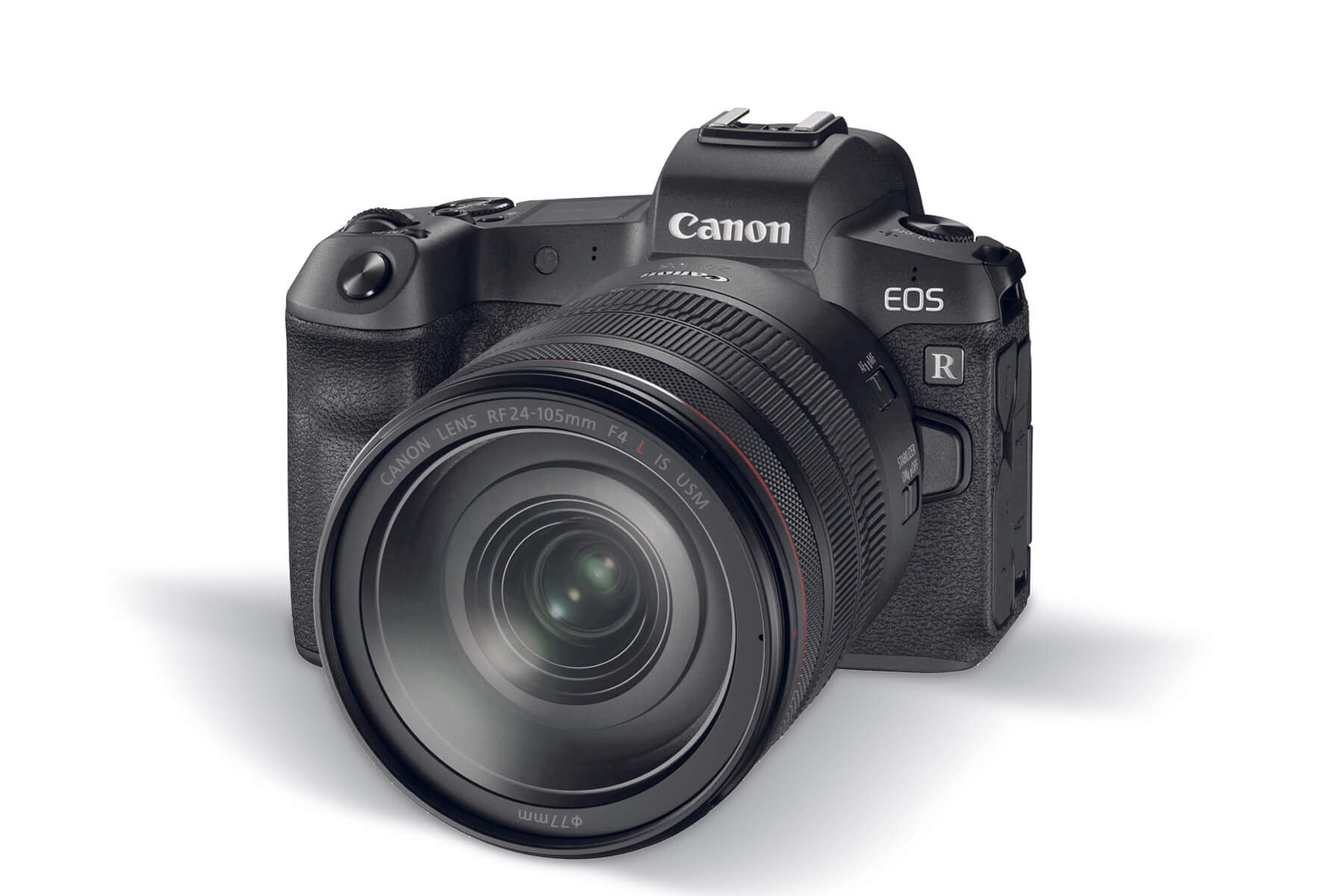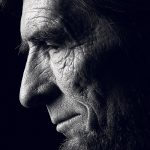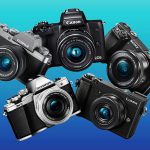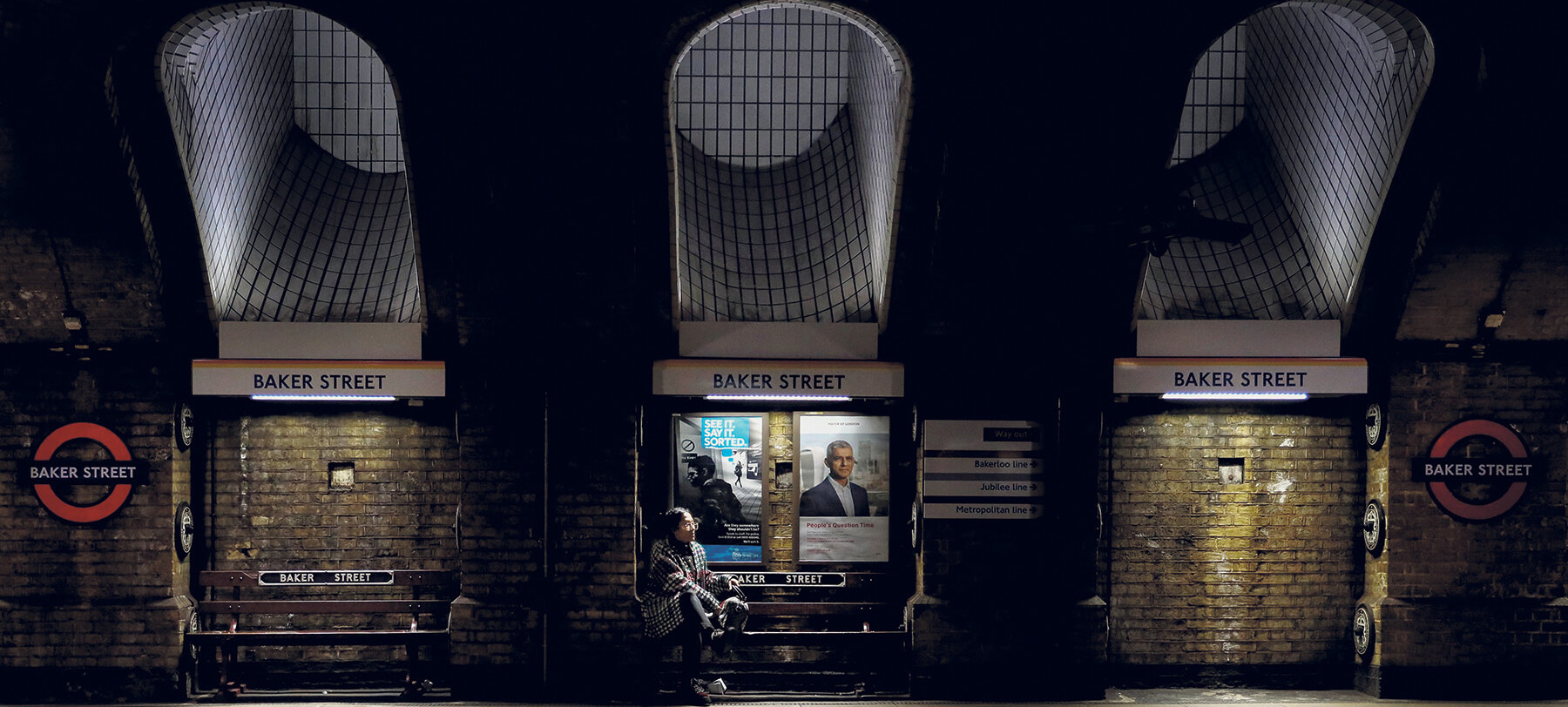
Join the Canon EOS R revolution
Posted on Oct 17, 2019
More and more photographers are discovering the benefits of mirrorless cameras. This is the story of how Photography News reader Lee Tilley went from DSLR to Canon’s full-frame EOS R
SPONSORED BY CANON
Lee Tilley is a keen enthusiast photographer, shooting subjects from nature and wildlife to street and urban. His photographic journey has been like many others, from being a casual camera user for many years to taking photography more seriously over the past decade. He is now a keen camera club member and has achieved photographic qualifications, although he has no aspirations to become a professional photographer.
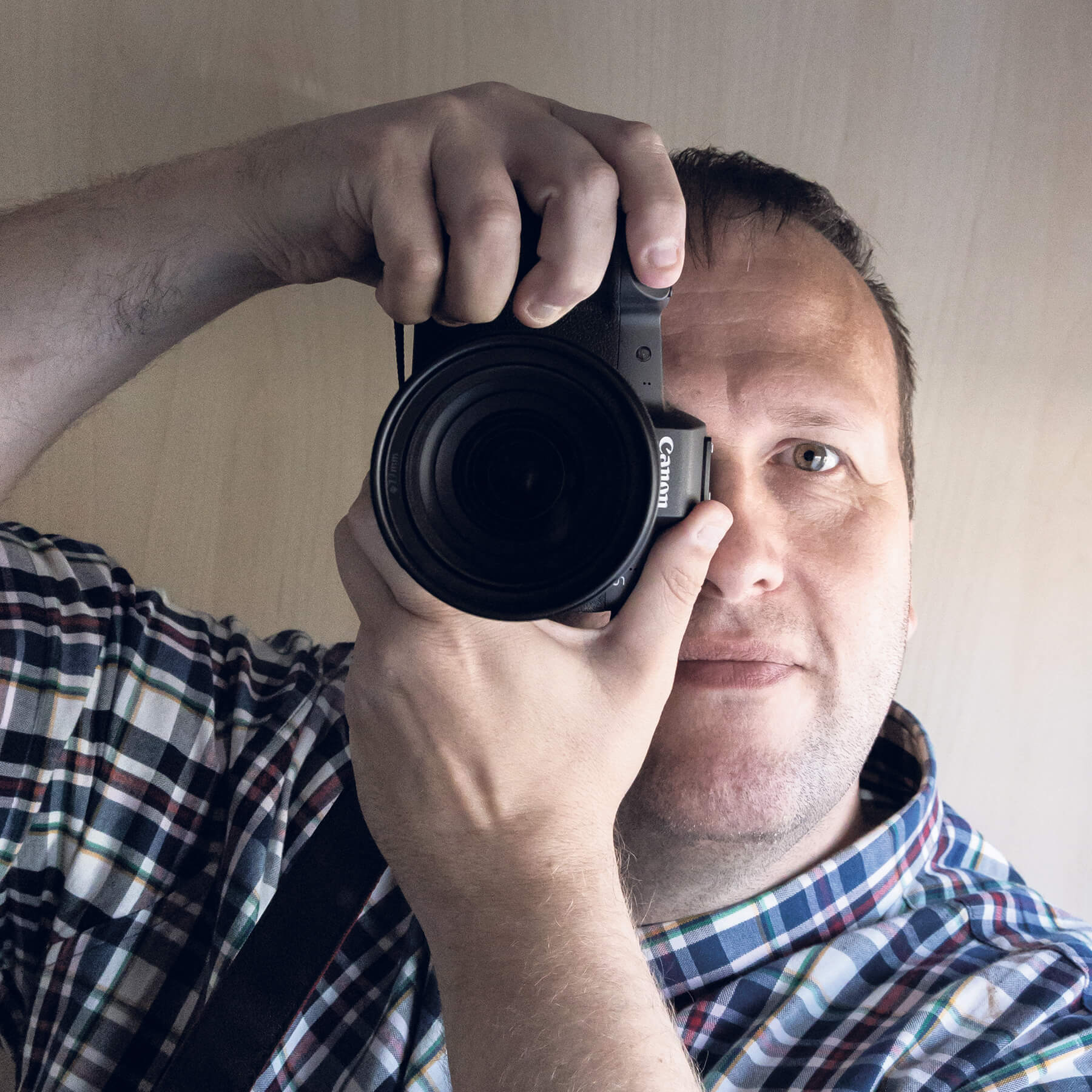
“Last year, I achieved a Pearson BTEC Level 3 in Art and Design (Photography) with an overall distinction,” says Lee, “and earlier this year I was very proud to get my Licentiateship of the Royal Photography Society distinction. I’m thinking about achieving my Associateship next.”
Lee now uses a Canon EOS R full-frame mirrorless system and he has been a Canon owner since the beginning of his photographic days. His first Canon was the EOS 350D, an eight-megapixel APS-C format DSLR which was launched in 2005. “I have regularly upgraded my cameras and went to the EOS 400D, the EOS 500D, the EOS 700D and the EOS 80D. I then added an EOS M5 as a family camera – we had a baby so that camera went into the baby bag,” says Lee.
With Lee’s keen interest in wildlife photography, the 1.6x crop factor of the APS-C EOS 80D was a big benefit, and with his EF 100-400mm f/4.5-5.6L IS II USM he had an effective focal length range of 160-640mm. So far, then, a full-frame camera was not on Lee’s agenda. “It was only when I started working on my qualifications that I started thinking about full-frame,” he says. “I think I had it in my head that full-frame was only for professionals and people who sell large prints. It was all a bit daunting and sounded too technical. Plus most of my lenses were EF-S fit and designed for the APS-C format, so I thought I would have to buy new this and that.”
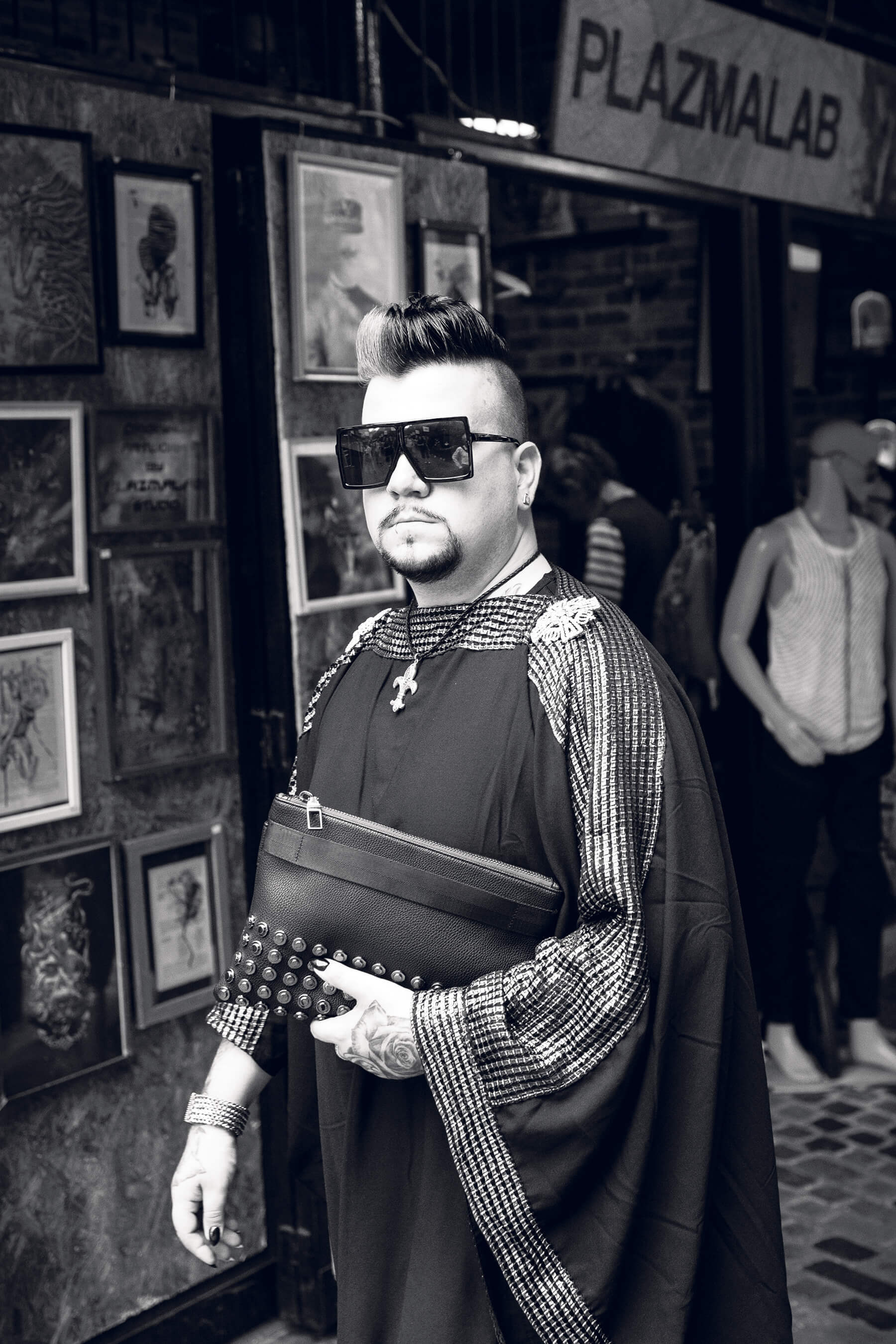
Despite his initial concerns, which Lee admits were very much in his head, he took the plunge and went
full-frame, buying the Canon EOS 5D Mark IV. Although he kept the EOS 80D, he started using the EOS 5D Mark IV with the EF 100-400mm f/4.5-5.6L IS II USM for his nature work.
“I was happy with the EOS 5D Mark IV,” he says, “and when I heard that the EOS R was coming out I thought ‘just more expense, and I don’t need it’. But I was at a photography show in London earlier this year and I just picked up the EOS R and fell in love with it. I spent over an hour on the Canon stand looking at it and I found everything just so familiar. It is also just so light compared with the EOS 5D Mark IV and I thought it felt nicer in the hand. Also, the menu system was the most intuitive on any camera. It was a revelation.
“I already own a mirrorless camera in the EOS M5, so I am used to the ‘what you see is what you get’ way of working. It is great to know what’s happening in real-time with the exposure, for example, but that wasn’t a big selling point initially. That was until I saw the EOS R and looked through its electronic viewfinder. The EVF seemed so good and it felt right.
I started using it and I thought, my God, this is a revelation.
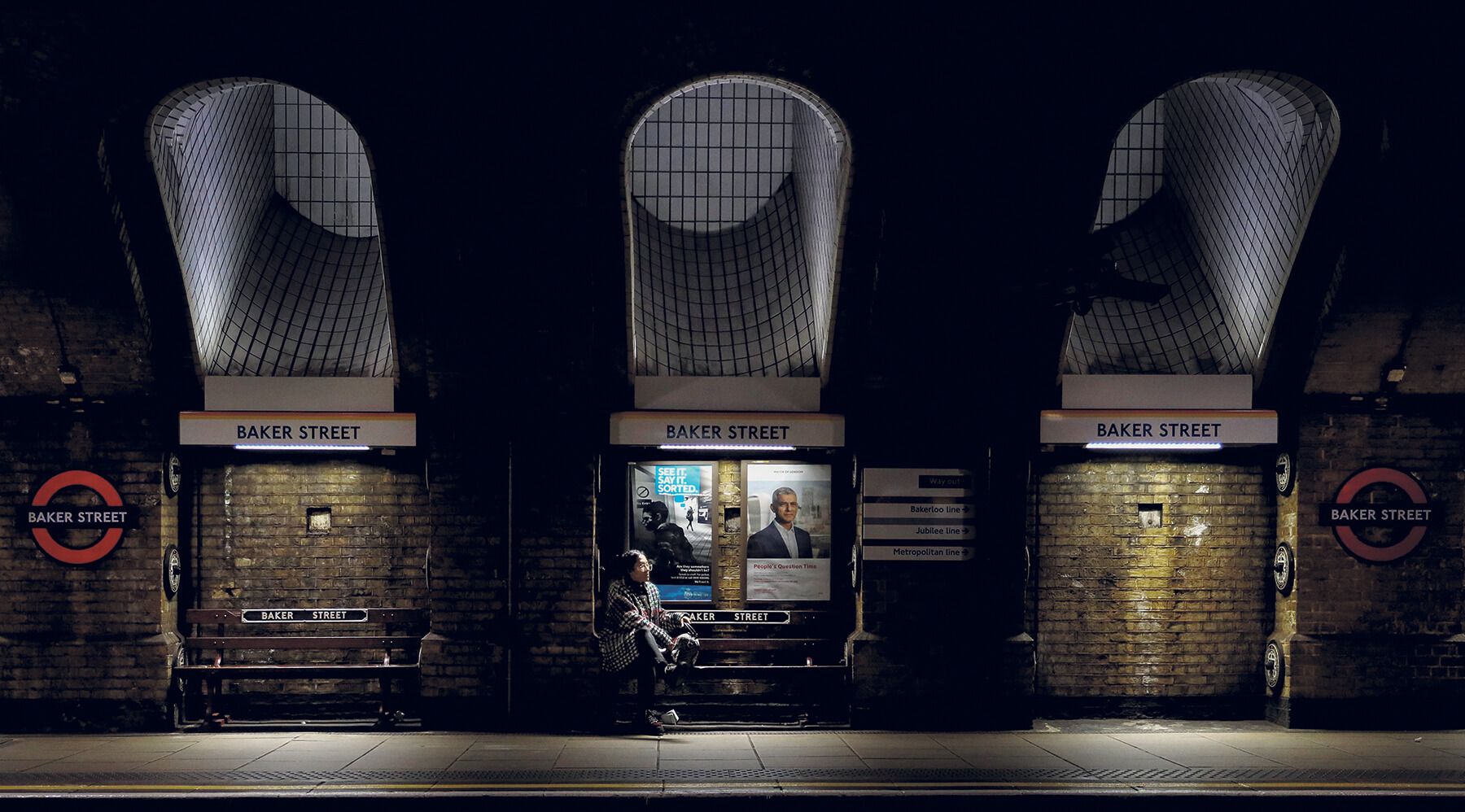
“I’d actually taken my EOS 5D with me to the show, so I tried the simple comparison of looking through its optical viewfinder and then through the EOS R’s EVF. I couldn’t see a difference. I have tried other cameras with EVFs and you can always see that they were EVFs and not quite right, but the EOS R’s EVF looked like an optical viewfinder to me. I couldn’t believe it. There were some great deals at the show, so I decided to trade in my EOS 5D there and then. It was an easy decision and I walked out of the show with an EOS R body, RF 24-105mm f/4L IS USM standard zoom and Control Ring Mount Adapter EF-EOS R. I have since added a RF 35mm f/1.8 Macro IS STM.”
Lee has had his Canon EOS R outfit for the best part of the year, so how he is getting on with it? The feedback is very positive. “It does everything I want it to,” he says. “The EOS R is lightweight and it is easy to use. The whole functionality of the kit is impressive. I can do everything on the camera while it is up to my eye, which I like. I know where every single button is and I can use the rear touchscreen to place the AF point very precisely with my thumb without even needing the focus lever. It has all the customisation options I need, too.
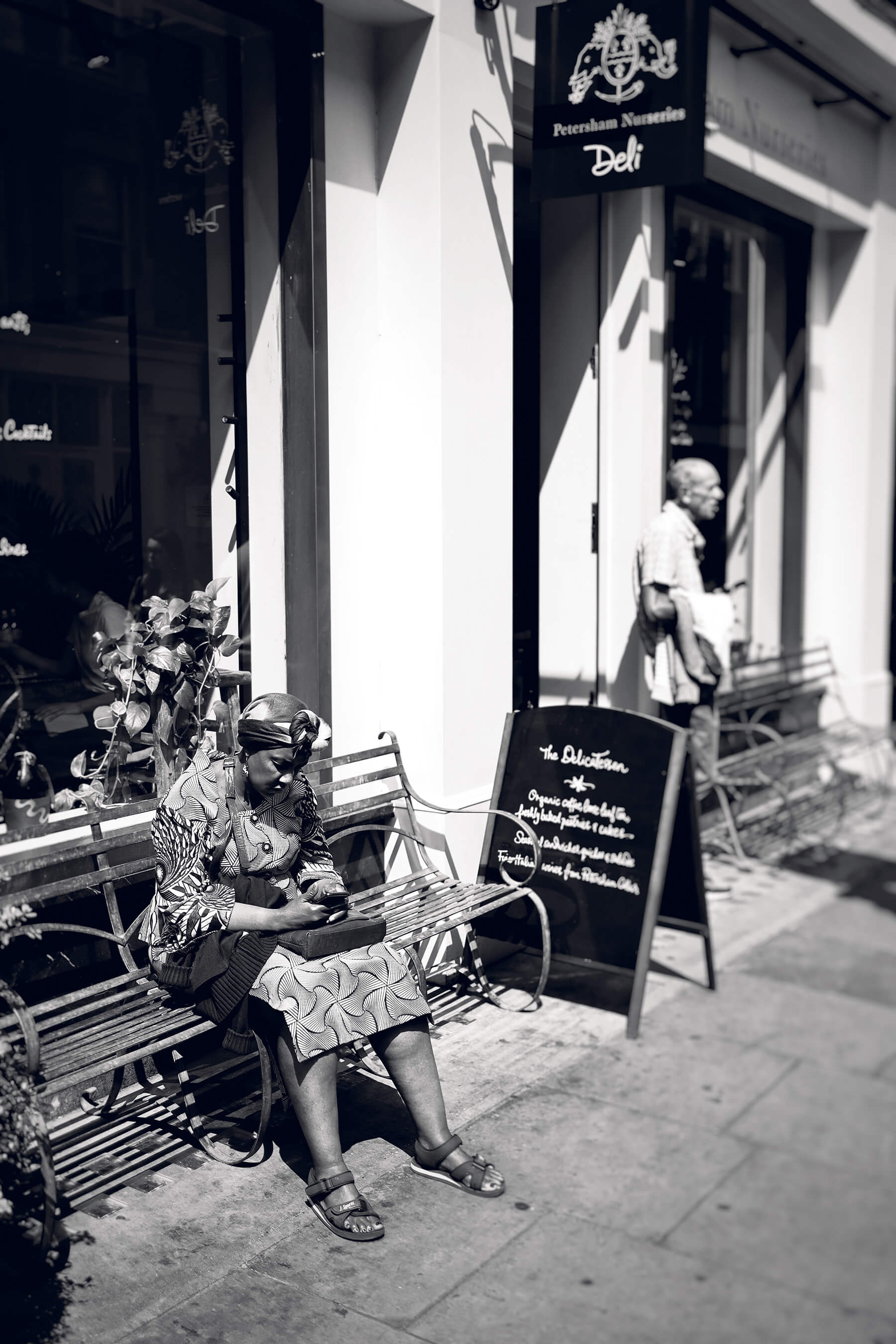
“I like being hidden behind the camera and looking at the world through the viewfinder and not having to look down at the camera to make setting adjustments. I know you can do that with a DSLR camera, but seeing live exposure changes does it for me. I can also use my EF-fit lenses on the EOS R, too, and the Control Ring Mount Adapter EF-EOS R means I can adjust settings.
“I love my Canon EOS R and wouldn’t change it for anything in the world – well, until the next EOS R model comes along.”
To see more of Lee’s work including the images he used to achieve his Pearson Level 3 and NCFE Photography Level 2 qualifications, visit his website and follow his Instagram, @Londonistcaptures.
About the Canon EOS R system
There are currently two cameras in the Canon EOS R full-frame mirrorless system, the 30.3-megapixel EOS R and the EOS RP with 26.2 megapixels. Canon’s RF’s lens system currently numbers six optics and Canon’s massive collection EF mount lenses can be used on EOS R bodies via the three adapters that are available.
The Canon EOS R’s full-frame imaging sensor is capable of recording the finest detail in a scene and also features Dual Pixel CMOS AF with 5655 AF points covering 100% of the vertical and 80% of the horizontal format for fast and accurate focusing, whether you’re shooting stills or video across almost the whole frame. There’s also a native ISO 100-40,000 range, 4K video, a maximum 8fps shooting and the option of silent shooting.
Please visit the Canon website for full details of the Canon EOS R, the RP and the full lens range.



